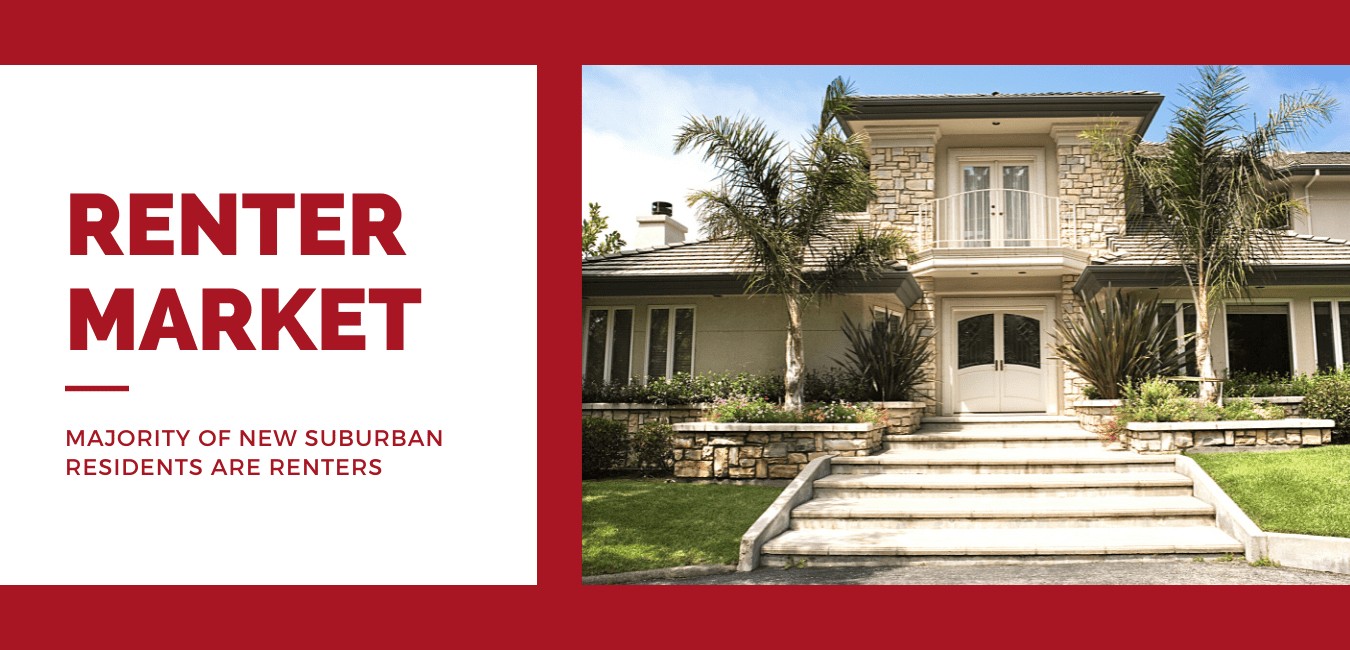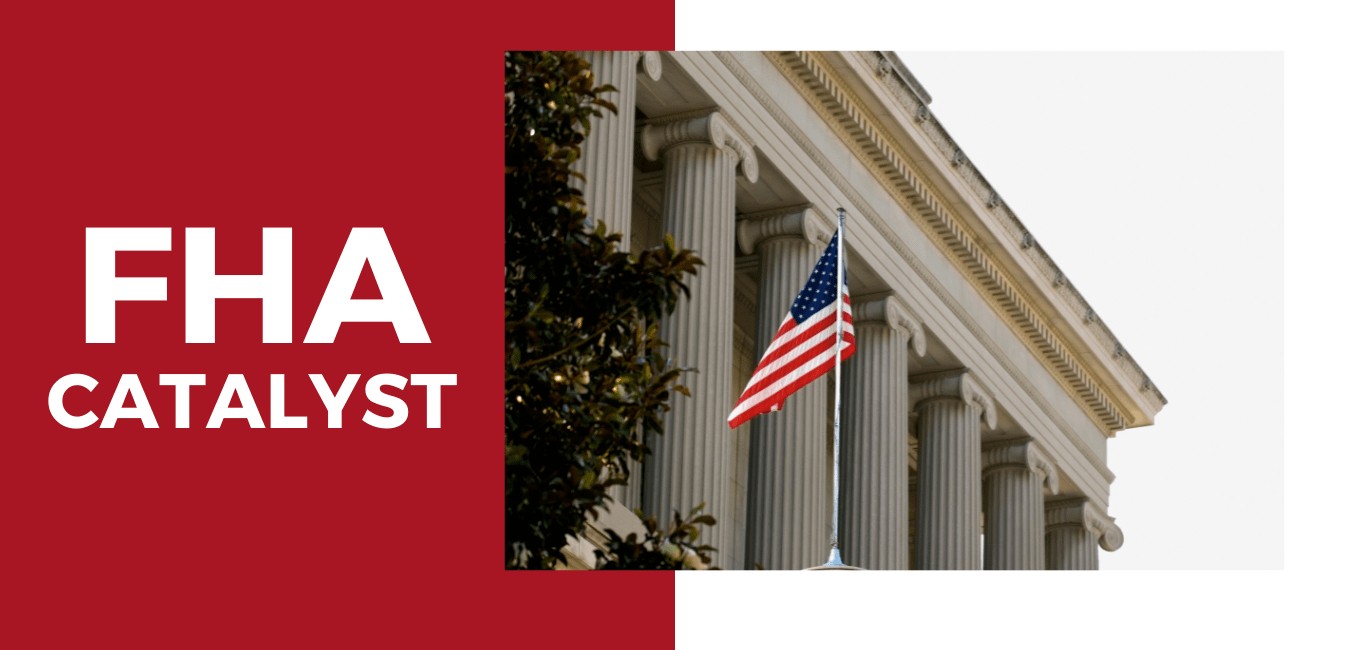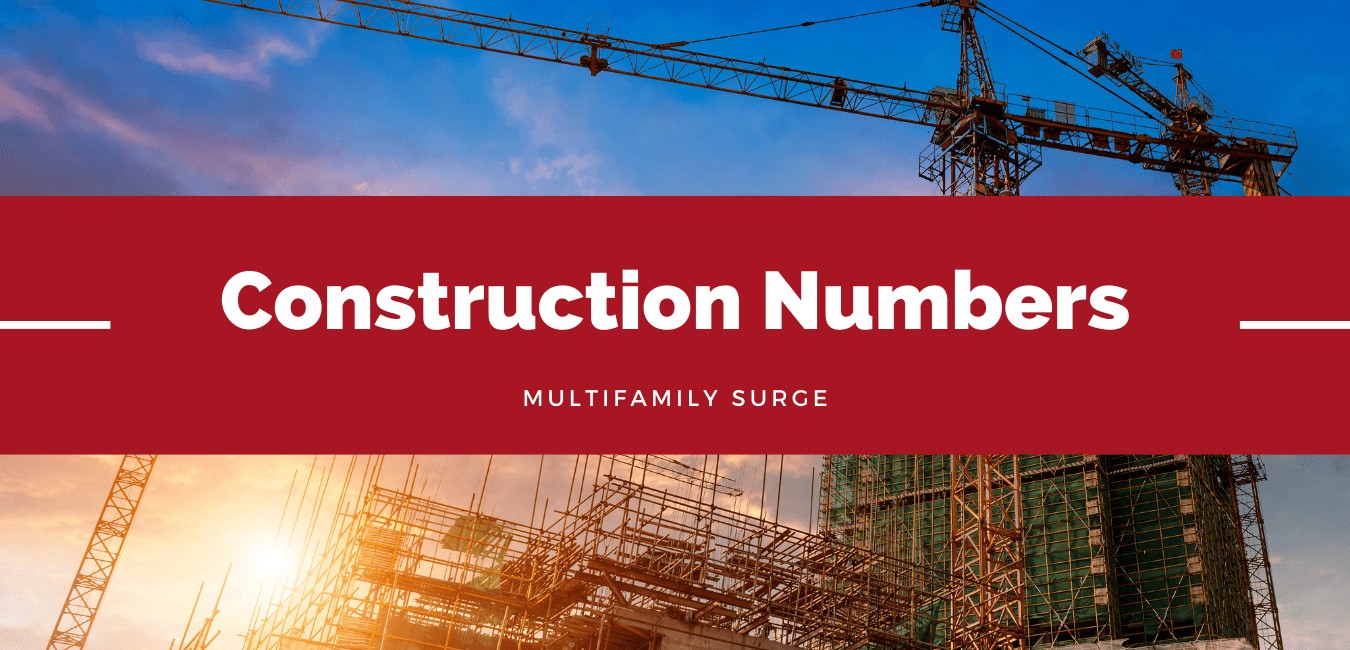
Welcome back to iLeads Mortgage Market Minute, where we bring you the latest, most relevant news regarding the mortgage market. We hope you enjoyed last week’s edition where we talked about Student Loan Debt Holding Back Majority of Millennials from Homeownership. This week we’re bringing you: Construction Numbers Pushed Higher by Multifamily Mortgage.
Renter market picks up in suburbs*
Majority of new suburban residents are renters

American suburbs surrounding the nation’s 50 largest metropolitan areas gained a total of 4.7 million new residents since 2010, with 3.7 million of them renters, according to a report by nationwide apartment search website RENTCafé on U.S. Census Bureau data.
Today, an estimated 21 million people rent a suburban home in one of 50 largest metros. On average, renters made up 39% of the suburbs surrounding these metros.
Out of the 1,105 suburbs analyzed, a total of 242 are renter-dominated, 103 of which were owner-dominated 10 years ago. This represents a 69% increase in the number of suburban areas where renters are the majority, according to the report.
During this same time period, only four suburbs transitioned to owner-dominated. Additionally, the number of suburban renters grew by 22% between 2010 and 2019, as compared to a 3% increase in the number of suburban homeowners during the same time period.
Of the 103 suburbs that made the switch, 39 are located around three metros: Washington D.C. (14), Miami (13) and Los Angeles (12). One of the most notable switches was that of famed Los Angeles’s suburb, Beverly Hills, which recorded a renter share of 50.7%, up from 49% in 2010.
Washington, D.C. suburb, Merrifield, VA, was also owner-dominated 10 years ago, but as of 2019, it has the highest share of renters (64%) of the 103 suburbs. This was an 87% increase in renter population.
Lenders mandated to use FHA Catalyst for appraisals*
Starting March 14, 2022, all lenders must use the FHA Catalyst appraisal module

Starting March 14, 2022, the Federal Housing Administration (FHA) will require all lenders to use FHA Catalyst for appraisals. The module can also accept appraisals for Home Equity Conversion Mortgages (HECMs), the administration announced last week.
The FHA Catalyst: Electronic Appraisal Delivery module will allow for the administration to expand their data collection and analysis capabilities. Meanwhile, lenders can electronically submit, track and manage single-family property appraisals, the FHA said.
The announcement comes after more than a year’s worth of efforts by the FHA to streamline and modernize their FHA loan origination and claims process.
Last year, the module was introduced as a pilot with no set deadline for lenders to transition.
According to the administration, this gave mortgagees and their designated technology service providers time to make “necessary adjustments to their systems and processes, including onboarding activities.”
Now the administration is mandating the use of the platform starting next year. For cases with a previous appraisal submission to the legacy EAD, the FHA is allowing for appraisal resubmission to be delivered through the legacy EAD portal until April 15, 2022.
However, after that date, appraisal submissions for all cases, regardless of previous submissions, must be delivered through Catalyst. Meanwhile, lenders with HECM cases may use the module immediately, the administration said.
The FHA Catalyst platform has been a bright spot in the Department of Housing and Urban Development’s outdated IT structures.
A HUD Office of Inspector General report published earlier in the year said that “to date, FHA Catalyst has been referenced as the most successful effort due to its increased efficiencies and cost savings results.”
Once fully deployed, the platform will allow the decommissioning of at least 11 outdated legacy HUD IT systems, which will save close to $20 million annually, the IG added.
Construction Numbers Pushed Higher by Multifamily Surge*

Residential construction numbers were a surprise again in August. Permits for construction and housing starts were both higher than expected, however, multifamily numbers were driving the results.
Housing permits were issued at a seasonally adjusted annual rate of 1.728 million units, a 6.0 percent increase from the 1.630 million permit rate (revised down from 1.635 million) in July and 13.5 percent higher than the 1.522 million number in August 2020.
Analysts had expected permits to pull back from the July pace. Those polled by both Econoday and Trading Economics had projected permits at 1.6 million units.
Single family permits were only fractionally higher than the prior month, a 0.6 percent gain from 1.048 million to 1.054 million units. Permits for construction in buildings containing five or more units rose 19.7 percent to 632,000 units and were 52.7 percent above the rate a year earlier.
On an unadjusted basis there were 155,300 permits issued in August compared to 139,200 the prior month. Single-family permits for the two periods numbered 94,000 and 91,900, respectively.
For the year-to-date (YTD), 1.166 million permits were issued, 25.7 percent more than during the first eight months of 2020 (928,000). Single family permits grew by about the same percentage, 25.5 percent, to 775,900. Permits for multifamily units, a total of 355,500 YTD, represent an increase of 26.9 percent.
Starts declined by 7.0 percent in July but recovered some of those loses last month, rising 3.9 percent. Builders began construction at a seasonally adjusted annual rate of 1.615 million units. The 1.534 million rate originally reported for July was revised upward to 1.554 million.
Starts also exceeded expectations. Econoday’s analysts had forecast a start rate of 1.575 million units and those polled by Trading Economics reached a consensus of 1.555 million.
Single-family starts declined from July’s 1.107 million rates (revised from 1.111 million) to 1.076 million, a -2.8 percent change. Multifamily starts, however, were 21.6 percent above the July rate and surged 60.1 percent year-over-year.
Starts rose from 142,800 unadjusted units in July to 144,000 in August. Single-family starts dropped to 96,600 from 104,000.
YTD starts totaled 1.080 million, up 21.5 percent from the 889,100 to the same date in 2020. The 765,300 single-family starts thru August are 23.8 percent more than during the prior period, while the 306,300 multifamily starts represent a 16.6 percent increase from 2020.
Finding highly affordable leads to keep sales coming in
At iLeads, we have many great solutions for mortgage LO’s at a low cost. If you’d like to see how we can help you bring in consistent sales for a great price, give us a call at (877) 245-3237!
We’re free and are taking phone-calls from 7AM to 5PM PST, Monday through Friday.
You can also schedule a call here.

